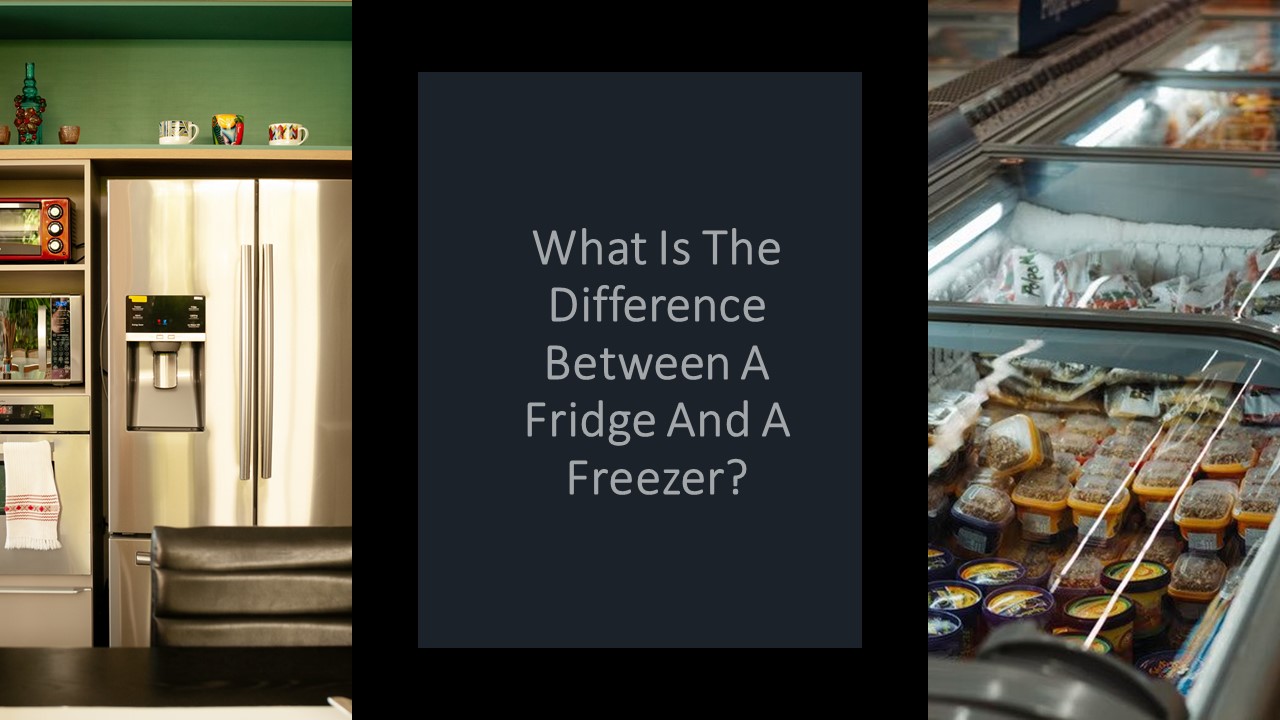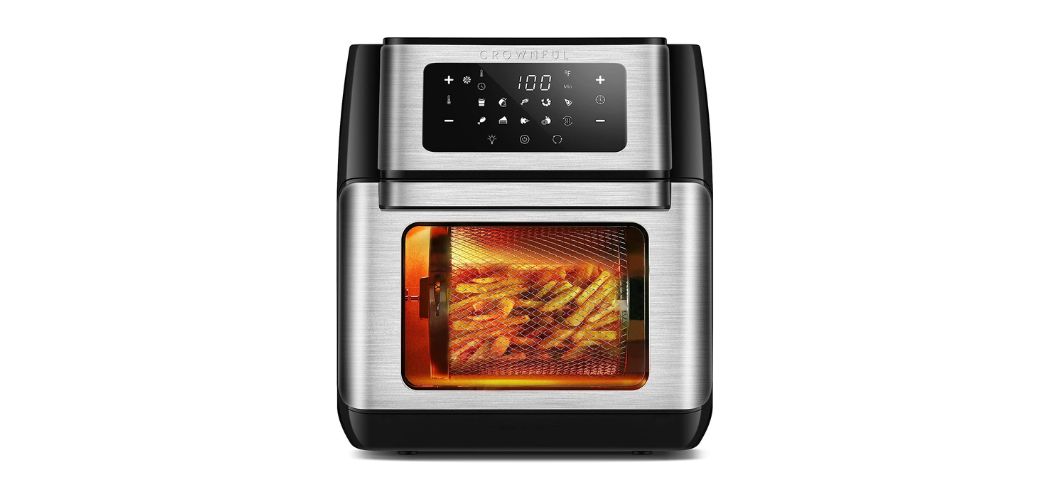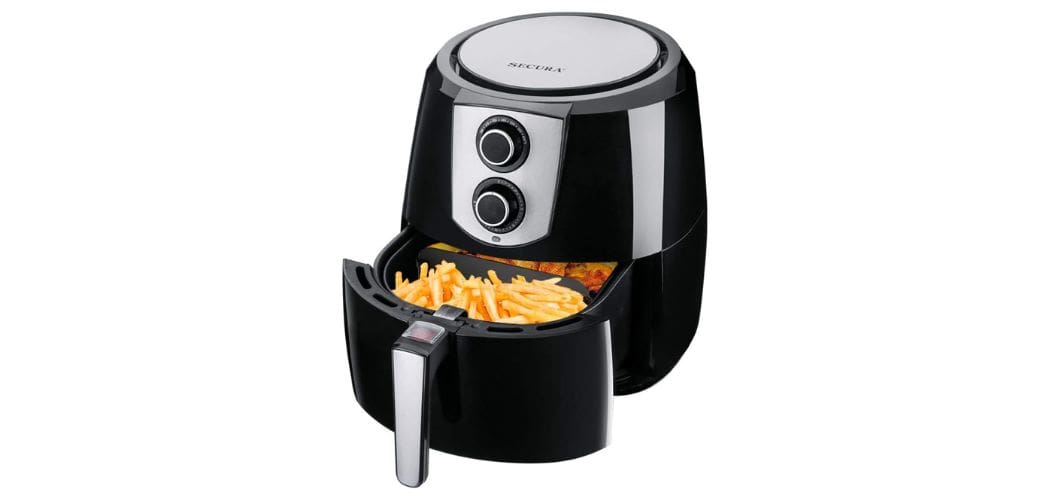Nowadays every house needs a fridge, doesn’t it? We use both the fridge and freezer for preserving food that includes both cooked and raw food.
Most people know what a freezer and fridge do, but they cannot answer what is the difference between these two pieces of equipment. Both of these devices maintain a standard temperature for storing foodstuffs for long-term use and this is the core similarity.
But there are distinctions in function and form between a fridge and a freezer, and they work quite differently. Keep on reading to learn more about these two appliances and choose a perfect one for your home.
Table of Contents
What Is A Fridge?
A fridge, also known as a refrigerator or an icebox, is a cooling device with diverse applications.
Consisting of a heat pump and an insulated compartment, it maintains a lower temperature than any freezer.
The word “Refrigerator” comes from Latin “refrigerate”, which means “to cool down”, and it was first invented by Jacob Perkins in 1834.
A fridge preserves food and other items that are required to be stored at a cold temperature, but not to be frozen.
Most refrigerators usually have a freezer compartment to store the frozen food.
As per the refrigerator temp guide, refrigerators normally maintain a temperature between 35 and 40 degrees Fahrenheit.
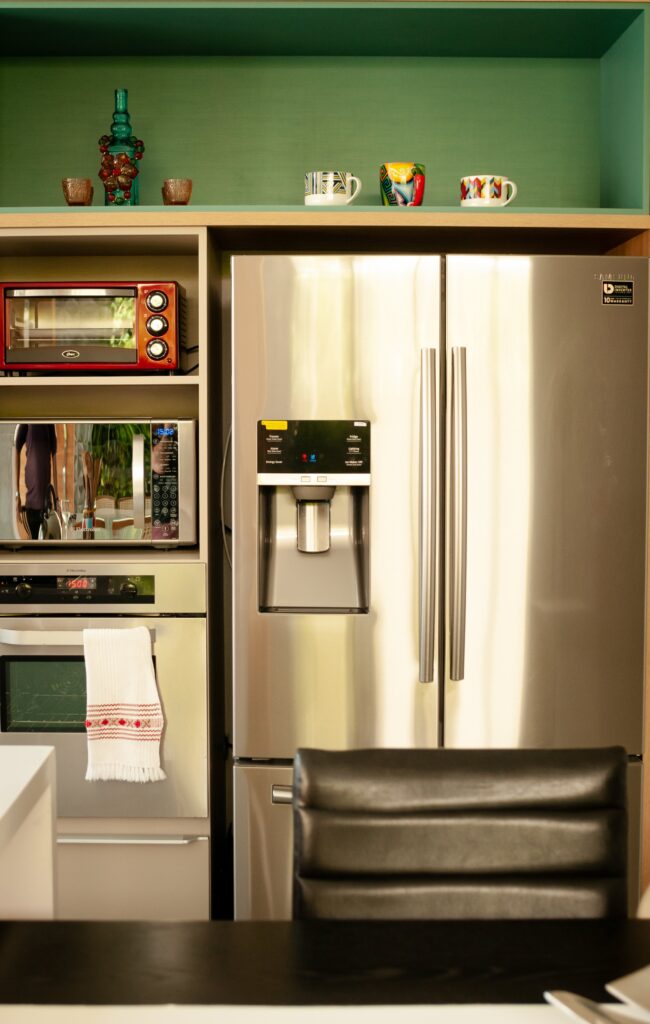
However, the freezer compartment maintains a low temperature to ensure safe freezer operation.
What Is A Freezer?
A freezer, also known as a deep freezer, is designed to store frozen foodstuffs. The first freezer was invented in 1892 by Alfred Bird.
As they are operated at lower temperatures (around -18°C/0°F) than fridges, they can be used as long-term storage.
Hence, the insulation of a freezer is quite thicker than that of a fridge.
In a freezer, the water in food gets completely frozen. The entire process stops bacteria from multiplying or growing and helps to preserve food for a long time.
The freezer can maintain the cold temperature as it has a refrigerant. It changes from liquid to gas while moving through the freezer’s ducts.
It helps to absorb heat energy and releases it later as gas.
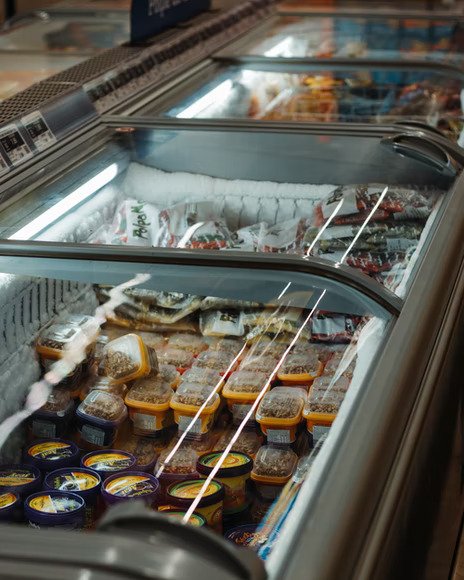
A Quick Comparison Table
| Aspects | Fridge | Freezer |
| Functionality | Can Store Foodstuffs for Two Weeks. | Food items Can Be Stored For A Long Time. |
| Temperature | Maintains Temperature Between 0–8 Degrees Celsius. | Maintains Temperature Between -18 to -25 Degrees Celsius. |
| Application | Ideal For Households. | Ideal For Both Households And Industries. |
| Shapes & Sizes | Available In Various Sizes. | Available In Different Shapes And Sizes. |
Fridge vs. Freezer: What’s The Difference?
Functionality
Fridges and freezers are so commonplace that every house has one. Evaporation is the main working principle of any freezer. Every freezer has a vapor compression and it helps to cool down the surrounding area when a liquid evaporates.
A freezer has quite thicker and far better insulation properties ( which is called R-factor) than any freezer portion of a fridge.
The temperature of a freezer compartment can be a maximum of 20 degrees Fahrenheit, as most of them have single thermostats. You will find a limit to the temperature difference even if you are using the one with dual controls.
On the other hand, a freezer does not need different numbers of cooling coils or dual controls. Normally, the temperature of a freezer stays between 0 to 10 degrees Fahrenheit.
Also, a freezer’s compressor is quite larger with more cooling coils, which helps to keep the temperature so low. Hence, freezers are ideal for storing items for a long time.
Meanwhile, the main power source of a fridge is an electric power source and people use the fridge for short-term storage (Items To Be Stored For Only Two Weeks At The Most).
Temperature
The operational temperatures of both a freezer and a fridge differ.
The fridges are programmed to maintain a temperature (0 to 8°C), which is above the freezing point for water.
The freezer portion of a fridge maintains a temperature between -18°C to -25°C, which is below the freezing point of water.
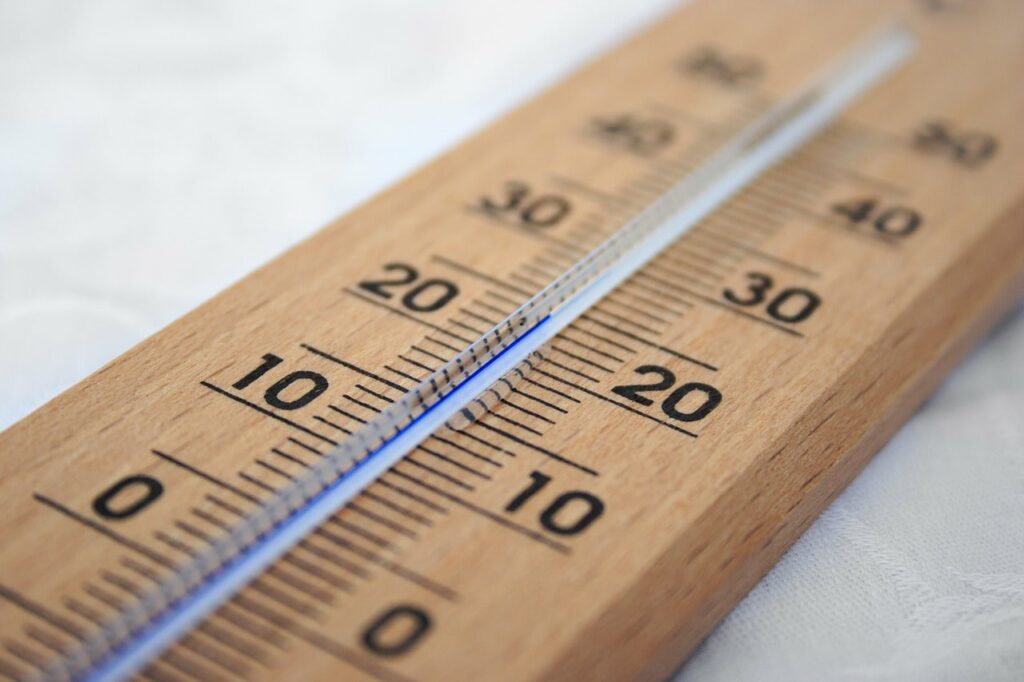
So, the foodstuffs and other items can be stored and will be frozen till they are in the freezer. The freezer, on the other hand, can have a temperature around 40-degree Celsius or even lower.
The kitchen freezers usually operate at -20°C. On the contrary, the sweet spot for any lab freezers is around -85°C. The compressor-based or Mechanical freezers keep the temperature between -40°C to -50°C.
The low-stage compressors automatically turn off once the set-point temperature is achieved, whereas the high-stage compressors continuously keep running.
Application
A fridge is used for preserving food items or any other products that need to be stored at a cool temperature. A refrigerator can store perishable foodstuffs like drinks, vegetables, fish, meat, etc. You can keep them in different compartments including the freezer portion.
Freezer units, on the other hand, are used both in households and industry. You will find a wide variety of deep freezers that include blood bank freezers, freezer verticals, ultra-low deep freezers, and many more.
Freezers are commonly used in many research organizations and laboratories, medical centers, and pharmaceutical industries for storing microorganisms, blood samples, and other chemicals.
Shapes & Sizes
The size of a fridge is determined as per its total internal volume. Refrigerators have become commonplace in every household for storing everyday grocery items. Fridges are available in different sizes depending on their capacity.
Freezers are dedicated only as deep freezers without having a refrigerator section. They are also available in different sizes and shapes. Some of these are compact, and others are of regular sizes. However, industry fridges and freezers are quite larger than household ones.
Fridge Or Freezer: Which One You Should Go For?
People often get confused about which one they should go for, a fridge or a freezer.
Refrigerators are usually suitable for households, and freezers are perfect for industrial use.
Having both comes in handy if you have a large family or want to stock foodstuffs for a long time.
Also, restaurants, cafes, or any place related to preparing or serving foods must have both a fridge and a freezer.

However, if you need a device for commercial or industrial uses, you will need a freezer. Nowadays, you can use both machines for various purposes. So, we recommend choosing either one or both depending on your needs and requirements.
FAQs
Is it possible to use a freezer as a fridge?
Big no-no! A freezer runs at a temperature between -18°C to -25°C and cannot be used as a regular fridge. It will not keep foodstuffs at fridge temperature even if it is wide-open and exposed to air.
Do empty freezers use more energy?
An empty freezer is nothing but an energy waster. A freezer full of items will use comparatively less energy than an empty freezer because the frozen items help keep the temperature low.
Why are the top-freezer fridges inexpensive?
It completely depends on the model and Energy Star Ratings of a fridge or freezer. As per the U.S. Department of Energy, the fridges with top-freezers use 10–25% less energy than the bottom-freezer ones. So, it is quite a safe bet to go for a top-freezer fridge.
Final Verdict
In conclusion, a fridge and a freezer are quite different appliances based on their functionality. A fridge can keep everyday food items for temporary storage. Also, it has the option to store items for a long term in its freezer compartment.
A freezer is solely used for frozen items that need to store for a longer period. A freezer does not have the option to store things at refrigerator temperature.
If you are looking for a device for everyday household use, a fridge is the best option. A freezer will be a perfect pick for both industrial uses and household uses (if you need more space beside a fridge).

